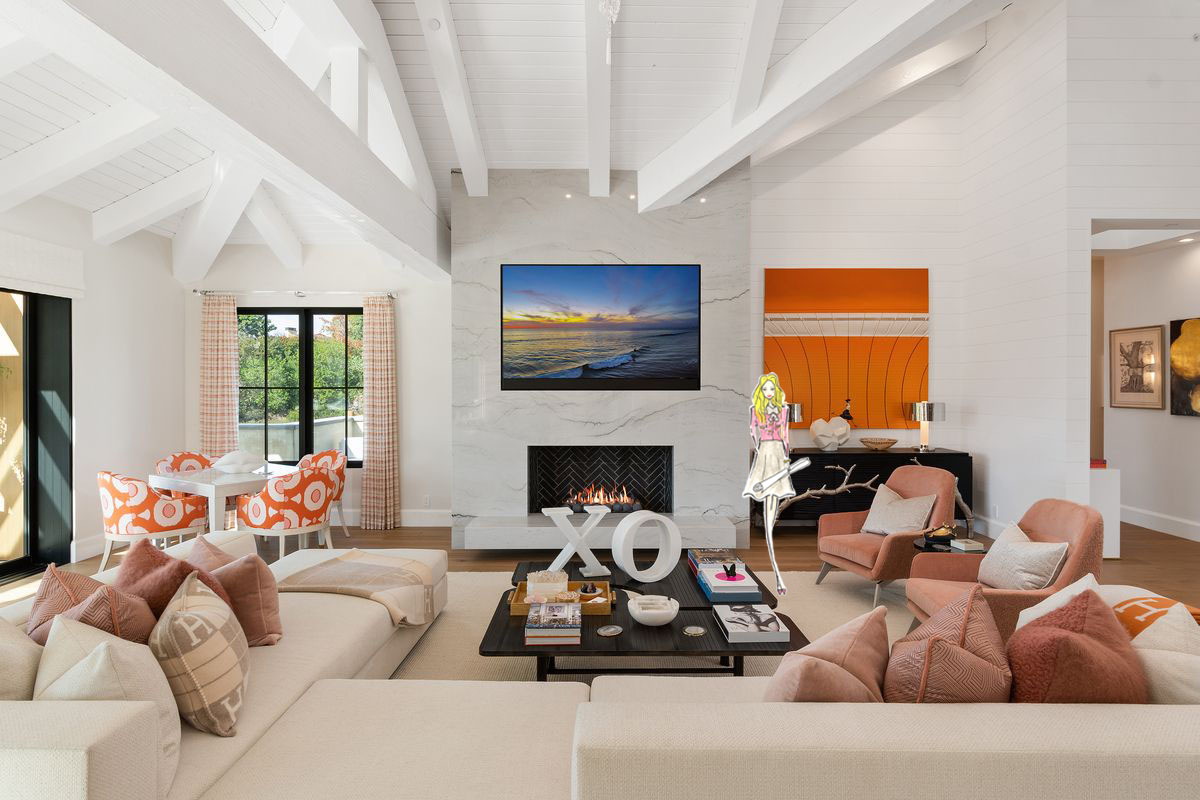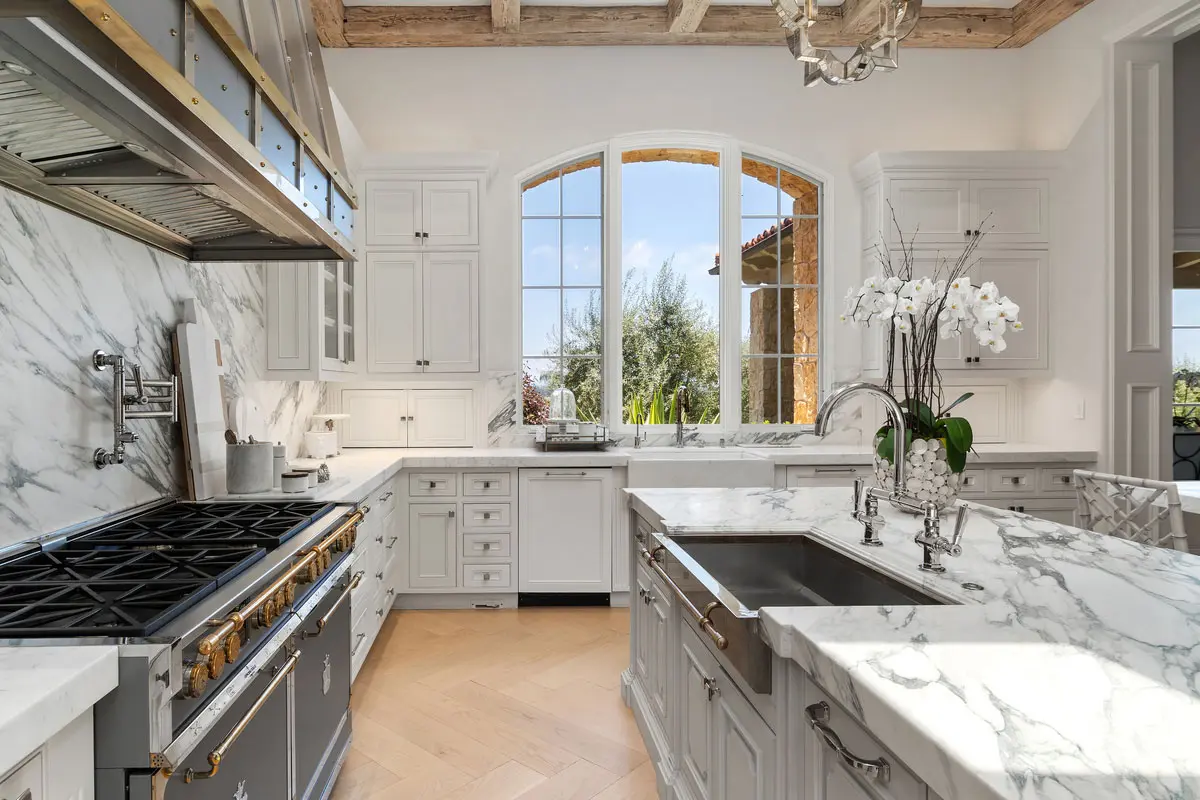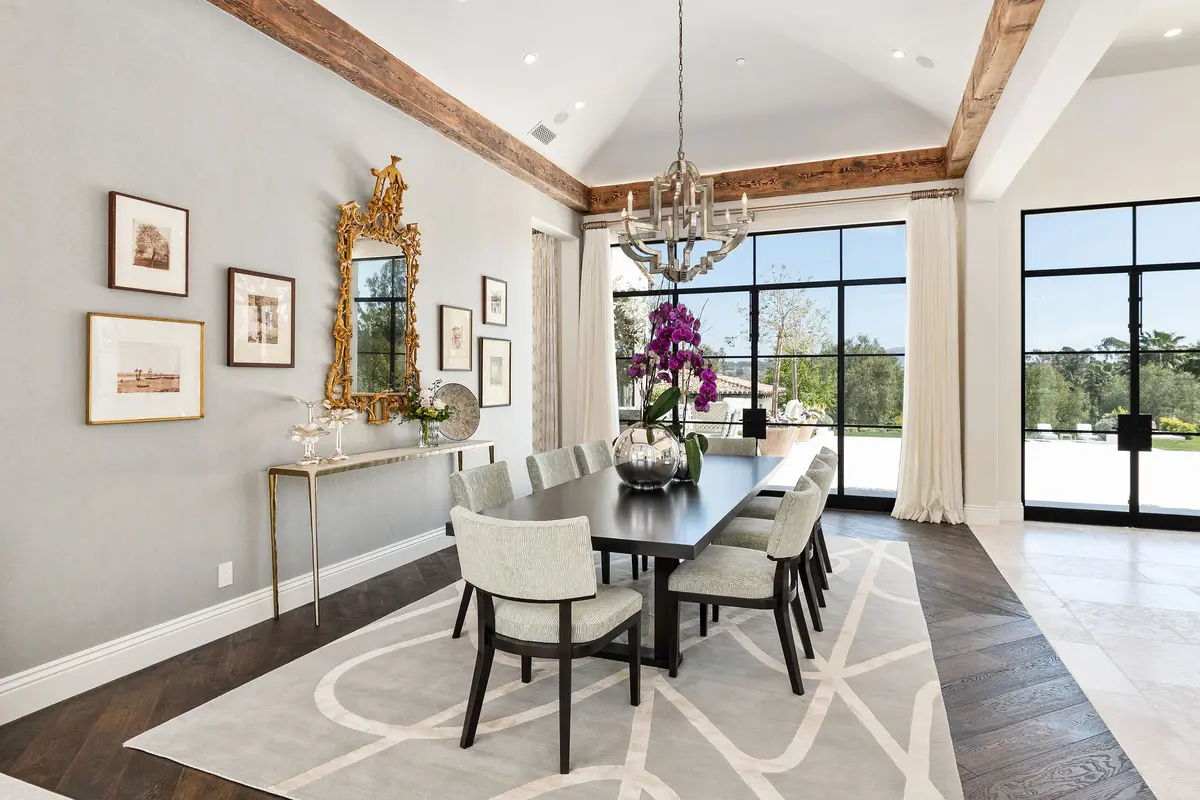Combining vintage and modern design elements offers an exciting opportunity to craft a home that reflects both personality and sophistication. The fusion of old and new not only celebrates the timeless appeal of vintage pieces but also embraces the fresh energy of contemporary design. The resulting look can be eclectic, warm, and inviting, showcasing the best of both worlds.
Achieving this harmonious blend requires a thoughtful approach. Many homeowners are eager to create a space that incorporates vintage furniture with modern accents, but often struggle with how to bring these two distinct styles together in a cohesive way. The key lies in balancing elements, maintaining a clear design vision, and making intentional choices that ensure the pieces complement rather than clash.
This guide explores essential design principles for mixing vintage and modern elements, providing valuable tips for creating a seamless, stylish interior that exudes character and charm.
Why Combine Vintage with Modern Design?
Mixing vintage and modern design is more than just an aesthetic choice; it’s a way to reflect your personality, lifestyle, and appreciation for the beauty of both eras. Vintage pieces often have a sense of history and craftsmanship that modern furniture sometimes lacks, while modern designs introduce sleekness and functionality. By blending these two styles, you create a space that feels personal, unique, and timeless.
Bringing Personality to Your Space
Vintage items often carry intriguing stories, adding a layer of personality to your home. Whether it’s an antique chair passed down through generations, a retro lamp from a flea market, or a quirky mid-century coffee table, these pieces create a distinctive focal point. Mixing them with modern furniture introduces a fresh take, making the space feel dynamic and continuously evolving.
A Cohesive Yet Eclectic Look
Blending the old with the new allows you to maintain a cohesive theme while still expressing individuality. An eclectic mix of vintage and modern elements can provide balance, combining classic elegance with contemporary efficiency. This approach reflects your personality, bringing together form and function seamlessly.
Creating a Timeless, Inviting Space
When executed thoughtfully, the mix of vintage and modern can create a home that stands the test of time. Modern pieces offer practicality and the latest trends, while vintage items bring in timeless appeal and character. The resulting aesthetic feels fresh, welcoming, and timeless, inviting you to relax and enjoy the space.
Key Tips for Mixing Vintage and Modern Design
While mixing vintage and modern elements can be daunting, the process can be straightforward with the right approach. These key tips will help you make confident design choices that keep your space feeling cohesive and balanced.
Start with a Neutral Foundation
One of the simplest ways to combine modern and vintage styles is to begin with a neutral color palette. Neutral tones like beiges, grays, and whites create a unifying backdrop for both modern and vintage pieces. By focusing on neutral walls, floors, and ceilings, you can easily mix vibrant or bold pieces without overwhelming the space.
A neutral foundation serves as a blank canvas, allowing the vintage and modern elements to stand out without competing for attention. For instance, gray walls paired with a sleek, modern sofa and an antique wooden coffee table allow both styles to shine.
Mix Complementary Colors
Though a neutral foundation is key, adding color to the mix is essential. Choose a color scheme that brings together both vintage and modern elements. For example, bold pops of color—like a rich emerald green or mustard yellow—can add vibrancy while maintaining harmony between old and new pieces.
Consider using colors in accents like throw pillows, area rugs, and artwork to tie together the various elements in the room. For example, a mid-century modern sofa in muted tones can be complemented with a vintage Persian rug in warm, earthy hues. The colors should be balanced to create a cohesive visual flow that’s both playful and refined.
Incorporate Vintage Furniture as Focal Points
Vintage furniture can serve as the anchor of your space, acting as a focal point that ties together modern elements. Pieces such as an antique dresser, vintage armchair, or retro dining table not only add history and character but also provide contrast against more minimalistic modern furniture.
For example, pairing a vintage chaise lounge with a sleek, contemporary coffee table allows the contrasting elements to play off one another. The juxtaposition of textures—smooth, polished surfaces against rich, weathered wood—adds depth and visual interest to the space.
Blend Shapes and Silhouettes
To maintain balance in your space, it’s important to mix not only materials but also shapes and silhouettes. Modern furniture tends to have clean lines and minimalistic shapes, while vintage pieces often feature curves and ornate details. By combining these two, you can create a sense of harmony that draws from both worlds.
For example, pair a sleek, modern sofa with curved vintage armchairs. The juxtaposition of clean lines with softer, more intricate shapes creates contrast without feeling disjointed. Be mindful to choose pieces that feel complementary in scale and proportion, ensuring that one style doesn’t overpower the other.
Balance Bold Patterns with Solid Pieces
Incorporating vintage patterns into a modern design can add texture and visual depth. However, it’s essential to balance bold patterns with more subtle, solid pieces to maintain a sense of harmony. For example, a bold geometric Art Deco rug can be complemented by a simple, neutral-toned sofa or clean-lined modern shelving.
Similarly, retro wallpaper can add personality to a space, but it’s crucial to offset its boldness with modern, streamlined furniture and minimalistic décor. Balancing these elements ensures that the space doesn’t feel overwhelming, keeping it fresh, dynamic, and easy on the eyes.
Mixing Metals: Chrome, Brass, and Gold
Modern design often incorporates sleek metallic finishes, such as chrome and stainless steel, while vintage pieces are often characterized by warm metallics like brass, gold, and copper. Mixing these metals can bring sophistication and balance to a room.
Consider a brass chandelier paired with chrome-framed furniture or gold-trimmed mirrors next to sleek steel appliances. This combination creates a sense of luxury without being overly ornate, blending contemporary elegance with timeless charm.
Showcasing Art and Accessories
Adding art and accessories is another powerful way to blend vintage and modern elements in your décor. Artwork is a key visual element that can tie the room together, especially if it combines aspects of both styles.
Vintage-Inspired Artwork
Art Deco or mid-century modern art pieces can act as a bridge between the two styles. Incorporating these into your walls gives your space an artistic narrative that reflects both the glamour of the past and the sleekness of contemporary design.
Pairing vintage art with modern frames or contrasting vintage vases with modern sculptures brings balance. Keep in mind that the accessories should not overwhelm the space but complement the existing furniture and overall design.
Use of Textures in Accessories
Texture is an underrated aspect of design, yet it plays an essential role in balancing vintage and modern pieces. Vintage furniture often features rich textures, such as leather, velvet, or wood, while modern pieces tend to focus on smooth, clean surfaces.
To create a harmonious space, blend these different textures. Consider velvet cushions on a sleek leather sofa, or woven baskets paired with metallic shelving. Layering textures in your accessories not only adds warmth and comfort but also gives the room depth and dimension.
The Final Touch: Lighting
Lighting is often the final piece of the puzzle when it comes to combining vintage and modern styles. The right lighting can accentuate the beauty of both styles while adding warmth and ambiance to the space.
Mixing Vintage and Modern Lighting Fixtures
Vintage chandeliers with crystal details can pair beautifully with more modern pendant lights or recessed lighting. A mid-century modern floor lamp can be placed beside a traditional armchair to create a harmonious focal point. Brass sconces on the walls can balance modern, minimalist décor, while retro floor lamps can offer the perfect lighting for reading and relaxation.
When mixing lighting styles, think about the atmosphere you wish to create. Modern lighting provides clarity and functionality, while vintage lighting adds warmth and a sense of nostalgia. By combining both, you create a space that feels both contemporary and inviting.
Curating Your Unique Space with Vintage and Modern Elements
Successfully blending vintage and modern design elements allows you to create a personalized, dynamic living space that showcases your unique style. Whether through furniture choices, color schemes, or decorative accessories, the key is finding the right balance. Don’t be afraid to experiment—play with contrasts, mix textures, and embrace the beauty of imperfection that vintage pieces offer.
By thoughtfully combining modern furniture with vintage accents, you create a home that reflects the best of both worlds. It’s a style that feels timeless, inviting, and endlessly fascinating. At Kern & Co Designs, we understand the art of blending vintage with modern in a way that feels natural, refined, and effortlessly chic. Let us help you transform your space into a stylish, eclectic sanctuary where both the past and the present coexist in perfect harmony.



